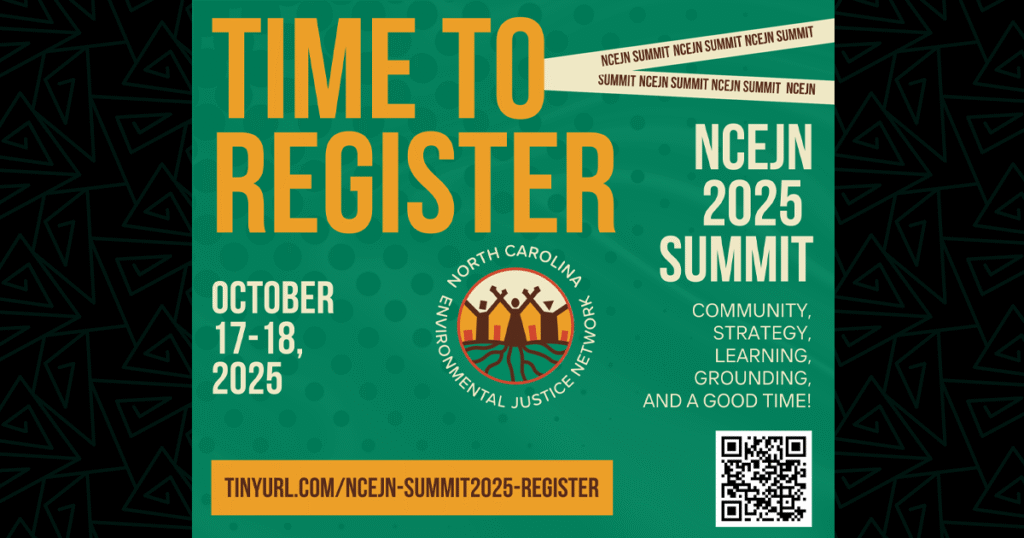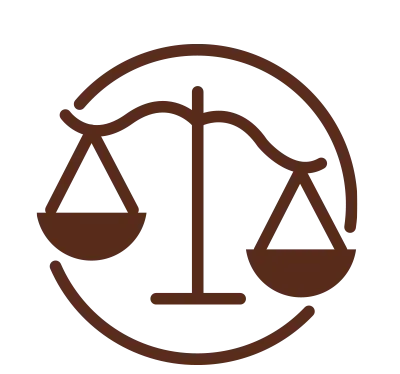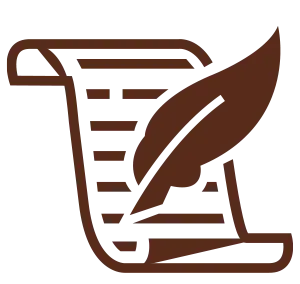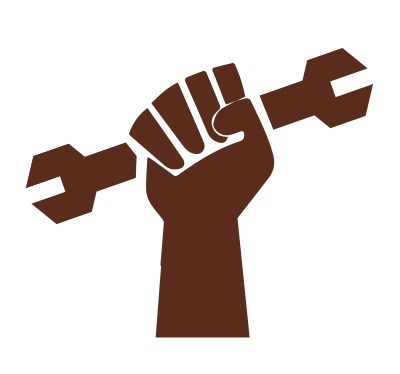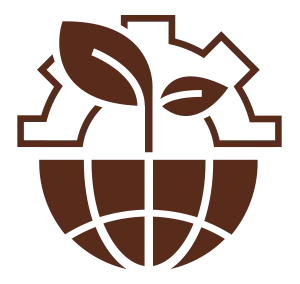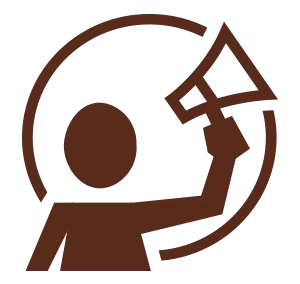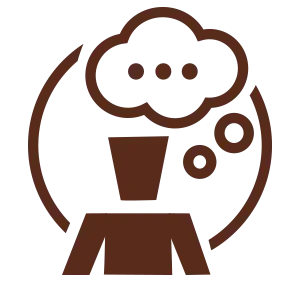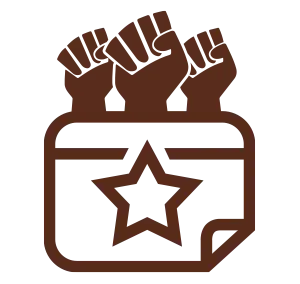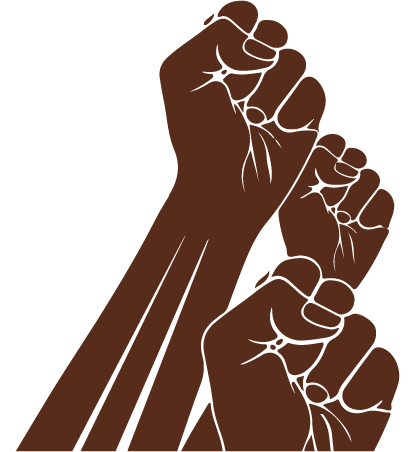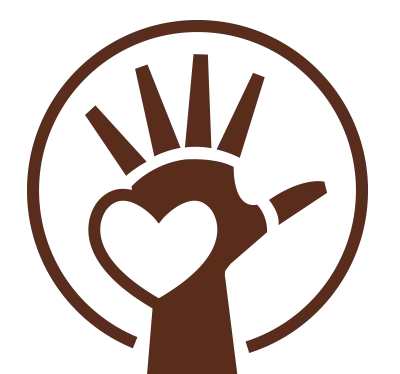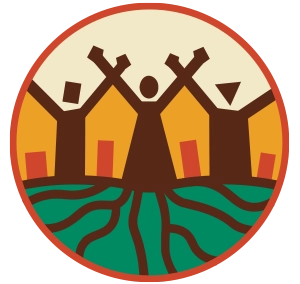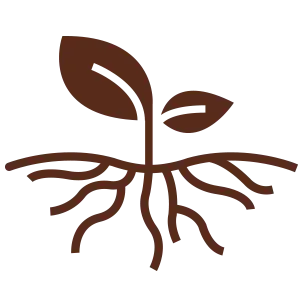Dani Lin Hunter, NCEJN Research and Education Manager
I promised Luma and Rania I would write a reflection, and truthfully, I’m not sure what I have to say right now that’s really worth your time. My creative stores and energy are feeling low. So what do I say when I don’t really feel like I have much to say? I’m probably not doing a very good job at convincing you that you should keep reading, am I? Here I go.
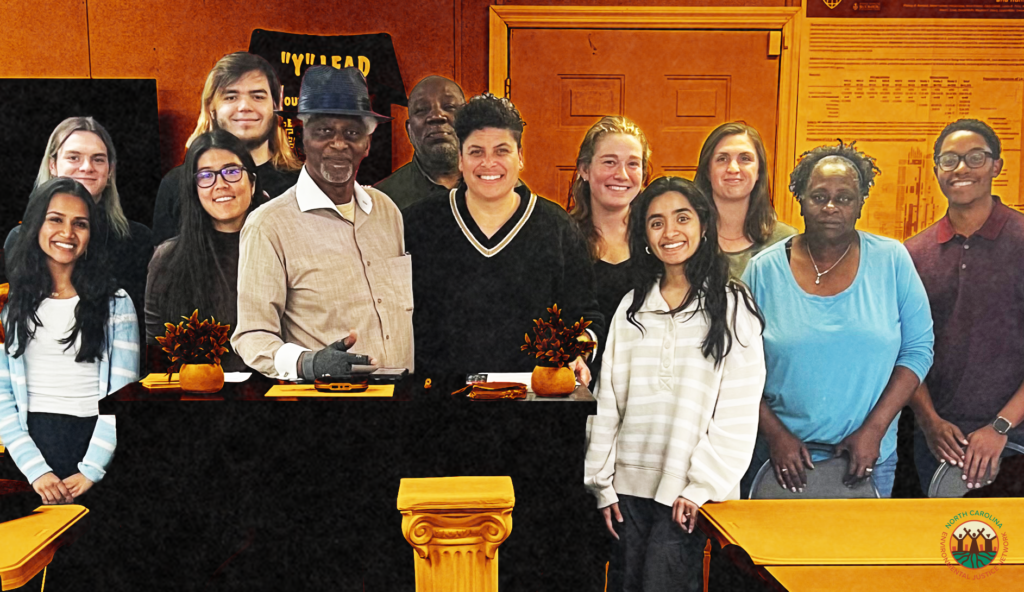
A lot of my work has focused on mapping this year. Especially participatory mapping, which involves people gathering around a map to document their observations and concerns about their community. People put pins in a map in the places where they have concerns, and they share their experiences in that location. By the end of a mapping session, we end up with community members’ collective experiences explicitly tied to space. Thanks to support from some of NCEJN’s student interns and volunteers, we are able to digitize these geographic points and narrative stories in real time into usable datasets, maps, and graphs.
I spend a lot of time thinking about how to map things. And more recently, I’ve been spending a lot of time writing grants to try to get money to have funders pay us to map things. So I’ve started to ask myself:
Why is this important? Why spend all of this time trying to put people’s experiences on a map?
And I’ve noticed a few things. The first is that participatory mapping gives people the chance to share their experiences. Each individual who comes to a participatory mapping event has a treasure trove of knowledge about their specific experience, be it where they live, work, play, or worship. And that individual alone can share massive amounts of information about those places: where something smells; where something’s dirty; where they know contamination is present; where they suspect the air is toxic; where they are worried about the drinking water; where soil testing is needed; where someone has gotten sick; where someone has died. And that individual experience is powerful. When an individual places a pin on a map and shares their story, there is power in that individual voice.
But the second thing that I’ve noticed is that participatory mapping is just as much about the collective experience of all of the community members. You see, by the end of a mapping session, we don’t just have one powerful pin on a map, but we have several. We don’t just have one person’s experience, but we have documented several people’s. Participatory mapping contextualizes each individual’s experience within the collective experiences of their community and allows for quantifying and visualizing that experience, which ultimately aids in communicating about their shared experiences.
And lastly, on a more personal note, for me, mapping work has been incredibly grounding. To say the least, 2025 has not gone how we would have hoped. The uncertainty and fear is real and unsettling. But mapping has helped me navigate that in two very different ways. The first, smaller and more tangible: it is very grounding to put a physical pin in a map and talk about your experience. It’s almost like planting your feet firmly on the ground, assessing your surroundings, and taking a deep breath. The second is longer term, a bit more abstract, but arguably more powerful:
NOW is the time to document our experiences.
I believe that the precedents created in the Biden-Harris administration to support environmental justice will serve as important groundwork for a 2028 agenda. To be clear, this is not a ringing endorsement of their policies. Their efforts directly contributed to the genocide of the Palestinian people, expanded US militarization and colonialism across the world, and contributed to fossil fuel expansion, all of which is counter to environmental justice principles. And yet I can also look to history and recognize that Justice 40, imperfectly carried out as it was, was landmark legislation to support environmental justice.
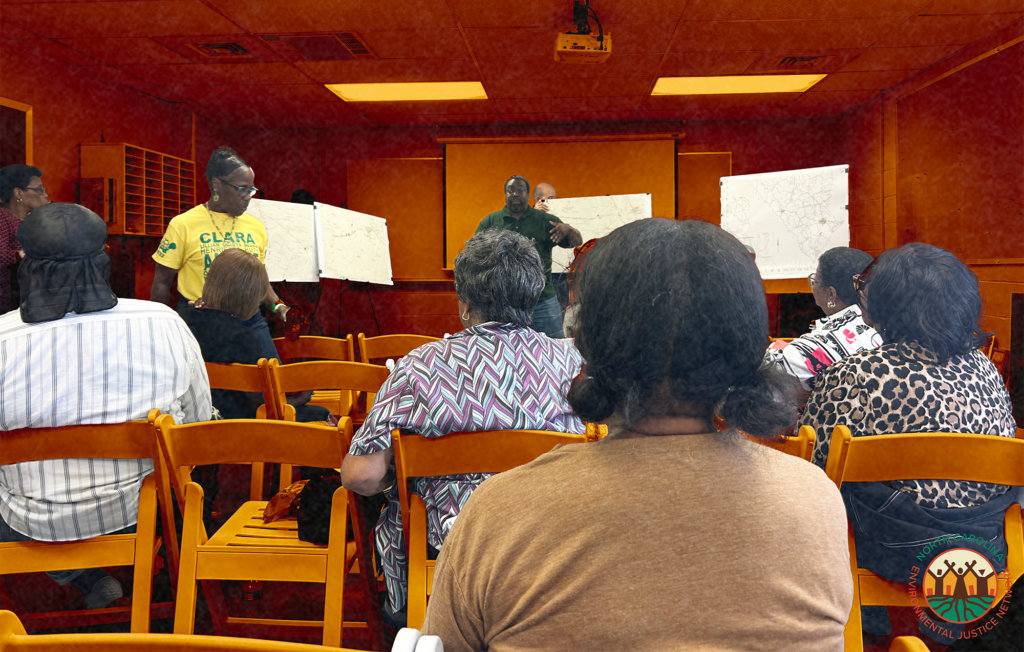
And perhaps it’s naive, but I like to imagine a future where something better than Justice 40 will be our reality. A world with Justice 40 version 2.0, shall we call it? This world will absolutely require a massive grassroots organizing effort and astute political prowess. But my brain’s bias tends towards research. Like I said, now is the time to document. We need to document experiences now so that we’re ready when Justice 40 2.0 is here. This past fall, I was working with some folks on a community change grant, and they mentioned wanting to add money for lead pipe replacement. I asked if they had data that at least estimated the number of lead pipes in their community or showed that lead contamination in water was a problem. I had to tell them that unfortunately, without that documentation, it was unlikely that that would be funded.
We have 3 years and 8 months to document so that we are prepared for Justice 40 2.0. Participatory mapping allows us to document our experiences now, so that when (not if, but when), the political and funding landscapes shift, we are able to demonstrate current injustices and demand just transitions.
Like I said, my bias is towards research – towards documenting. And when we are faced with loss of funding to support our work, deregulation of polluting industries, reduced funding for medicare, and the deportation and murder of our communities, research sometimes takes a back seat. And rightfully so. But research is also a really powerful advocacy tool that can help ground us now and transform our communities later. We can definitively know if we need water filters now and money for lead pipe replacement later. Does your community have experiences that need to be documented? If you made it this far despite my musings and ramblings, I’d love to have a conversation with you.
Onward to the future we are building together!
To learn more about participatory mapping please check out this flyer

